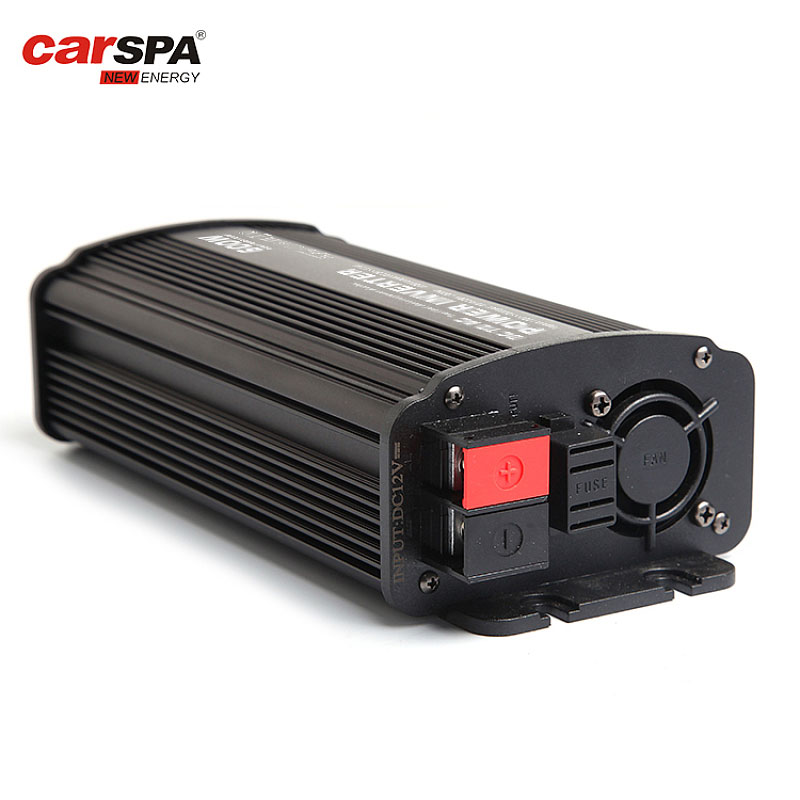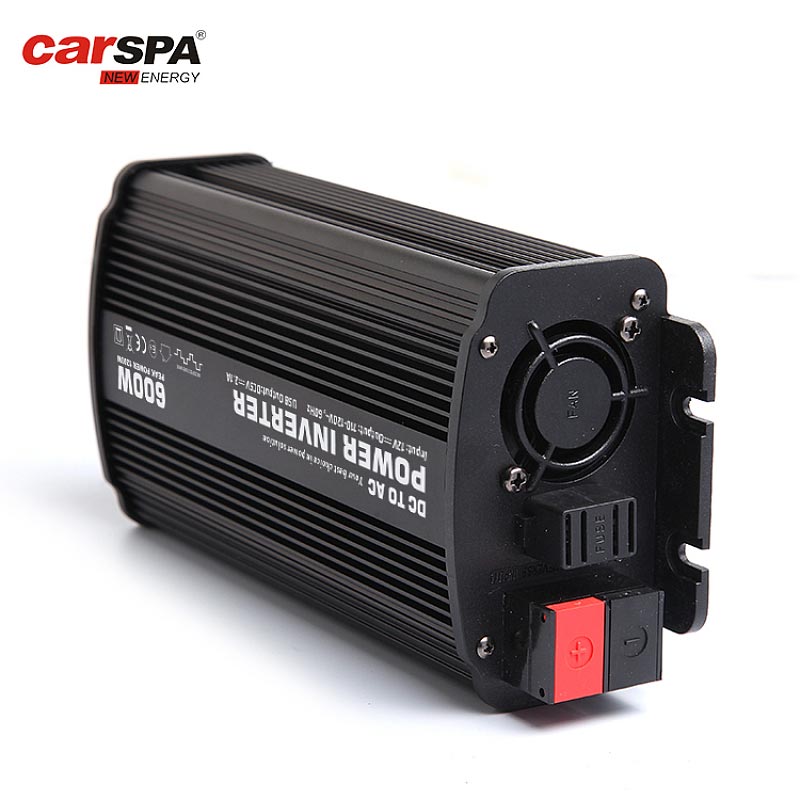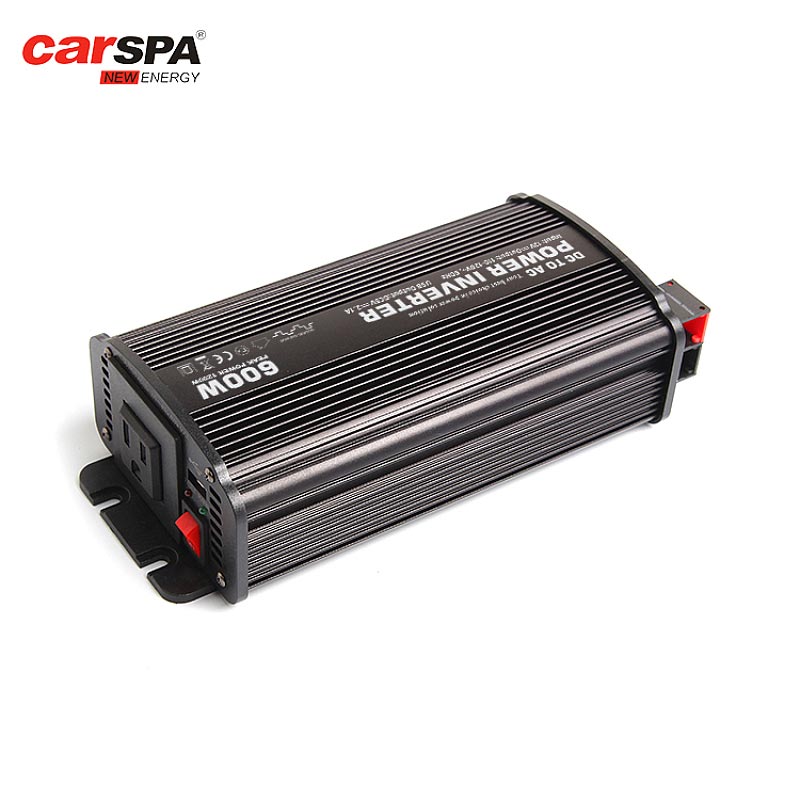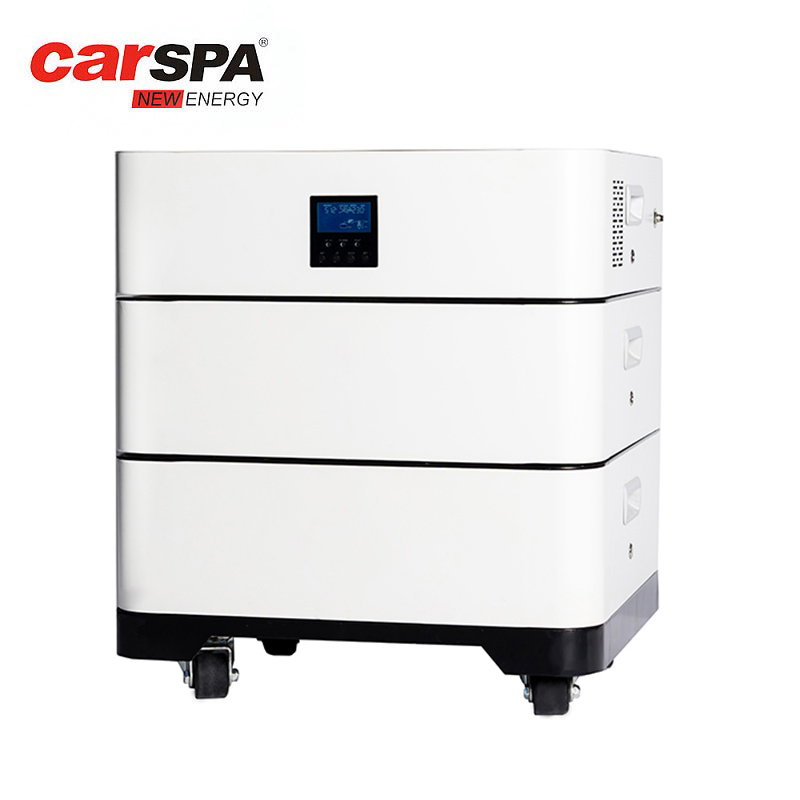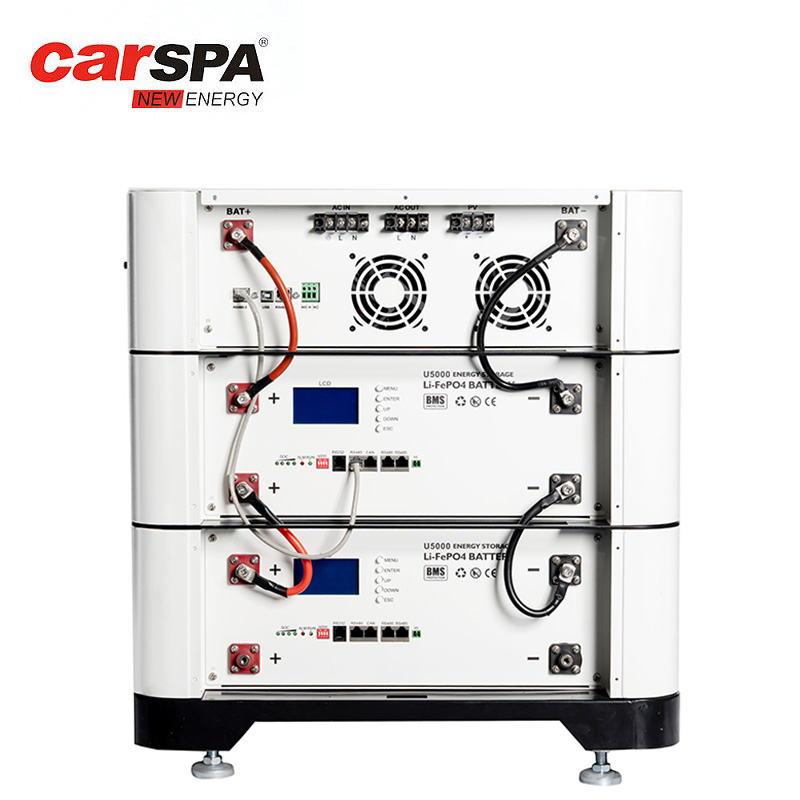Energy Storage: The Bridge to a Sustainable Future
Welcome to the exciting world of energy storage! In our journey towards a sustainable future, energy storage has emerged as a crucial bridge, connecting renewable energy sources with reliable power supply. From powering our homes to fueling electric vehicles, energy storage solutions are revolutionizing the way we generate, store, and utilize energy. In this article, we will delve into the fascinating realm of energy storage, exploring its significance, benefits, and how it propels us towards a greener and more sustainable tomorrow.

What is energy storage and why is it so important?
What are the main types of energy storage?
What is the role of energy storage in renewable energy?
What is energy storage and why is it so important?
Energy storage refers to the capture and retention of energy for later use. It plays a vital role in balancing energy supply and demand, ensuring grid stability, integrating renewable energy sources, and enabling a reliable and resilient energy infrastructure. Its importance lies in its ability to enhance energy system flexibility, improve efficiency, support the transition to clean energy, and foster a more sustainable and secure energy future.
What are the main types of energy storage?
Batteries: Battery storage systems are widely used and include lithium-ion batteries, lead-acid batteries, and flow batteries. They store electrical energy and can be used in various applications, from small-scale devices like smartphones and electric vehicles to grid-scale storage.
Pumped Hydroelectric Storage: This type of storage utilizes the gravitational potential energy of water. During times of excess energy, water is pumped to an elevated reservoir. When energy demand increases, the stored water is released to flow through turbines and generate electricity.
Thermal Energy Storage: Thermal energy can be stored in various forms, such as sensible heat (using materials like rocks or concrete), latent heat (using phase change materials like ice or paraffin), or thermochemical reactions. Thermal energy storage is commonly used in solar thermal power plants and heating systems.
Compressed Air Energy Storage (CAES): CAES systems store energy by compressing air and storing it in underground caverns or tanks. When energy is needed, the compressed air is heated and expanded through turbines to generate electricity.
Flywheels: Flywheel energy storage systems store energy in the form of rotational kinetic energy. They consist of a spinning rotor, supported by magnetic bearings, that stores and releases energy as it spins. Flywheels are known for their high power output and quick response times.
Hydrogen Storage: Hydrogen can be stored and later converted back to electricity using fuel cells. It offers the advantage of long-duration energy storage and can be produced through various renewable sources like electrolysis.
Supercapacitors: Supercapacitors, also known as ultracapacitors, store energy through electrostatic charge separation. They have high power density and can deliver energy rapidly, making them suitable for applications requiring short bursts of energy.
What is the role of energy storage in renewable energy?
The role of energy storage in renewable energy is significant. It helps address the intermittent nature of renewable energy sources such as solar and wind by capturing excess energy when it is available and storing it for use during periods of low or no generation. Energy storage enables a more stable and reliable power supply, making renewable energy sources a viable and consistent option. It also facilitates the integration of renewable energy into existing grids, reducing reliance on fossil fuels and contributing to a cleaner and more sustainable energy system. Additionally, energy storage enhances grid flexibility, enables peak shaving, and provides backup power during grid outages, further maximizing the benefits of renewable energy sources. Overall, energy storage plays a crucial role in maximizing the potential of renewable energy and advancing the transition to a greener and more sustainable future.
What challenges does energy storage solve?

Grid Stability
Energy storage helps maintain grid stability by balancing the supply and demand of electricity. It enables the smooth integration of intermittent renewable energy sources like solar and wind, which can have variable generation patterns, by storing excess energy and releasing it during periods of high demand.
Intermittency of Renewable Energy
Renewable energy sources often generate electricity inconsistently due to factors like weather conditions. Energy storage systems bridge the gap between energy production and demand, ensuring a reliable and continuous power supply, even when renewable sources are not actively generating electricity.
Peak Load Management
Energy storage allows for the management of peak loads during periods of high energy demand. By storing excess energy during off-peak hours and releasing it during peak demand, storage systems alleviate strain on the grid and help avoid blackouts or the need for additional power generation capacity.
Grid Resilience and Reliability
Energy storage enhances grid resilience by providing backup power during grid outages or emergencies. It ensures continuity of critical services and improves the reliability of electricity supply, reducing the impact of power disruptions on businesses and households.
Ancillary Services
Energy storage systems can provide ancillary services to the grid, such as frequency regulation, voltage control, and grid stabilization. These services help maintain a stable grid operation, improve power quality, and support the integration of renewable energy sources.
Energy Shifting and Time-of-Use Optimization
Energy storage enables shifting the timing of energy consumption to align with lower electricity prices or periods of high renewable energy availability. This optimization allows consumers to reduce their energy costs and supports the efficient utilization of renewable energy resources.
Electrification and Decarbonization
Energy storage plays a crucial role in facilitating the widespread adoption of electric vehicles (EVs) and electrification of various sectors. It enables efficient charging of EVs, promotes renewable energy usage in transportation, and supports the overall decarbonization efforts.
What is the future of energy storage?
Accelerated Transition to Renewable Energy
As the world continues to prioritize clean and renewable energy sources, energy storage systems will become increasingly vital. They will facilitate the seamless integration and efficient utilization of intermittent renewable energy, such as solar and wind, by storing excess energy during periods of high generation and releasing it when demand surges or renewable generation decreases.
Technological Advancements and Cost Reductions
Rapid advancements in energy storage technologies, such as lithium-ion batteries, are driving significant improvements in performance, energy density, and overall efficiency. Concurrently, economies of scale, research and development efforts, and manufacturing advancements are leading to substantial cost reductions, making energy storage solutions more accessible and economically viable.
Grid Resilience and Stability
Energy storage enhances the stability and resilience of power grids. By storing excess electricity during low-demand periods and discharging it during high-demand periods or grid disruptions, energy storage systems help mitigate power fluctuations and minimize the reliance on traditional fossil fuel-based backup generation. This, in turn, enhances grid reliability, minimizes the risk of blackouts, and ensures a more secure and resilient energy infrastructure.
Electrification and Energy Access
Energy storage plays a pivotal role in supporting the electrification of various sectors, including transportation, industrial processes, and off-grid communities. By enabling efficient charging infrastructure for electric vehicles and providing reliable power in areas with limited grid access, energy storage systems facilitate widespread electrification, improve energy equity, and drive socio-economic development.
Evolving Energy Markets and Policies
The evolving energy landscape, coupled with supportive policies and regulations, fosters an enabling environment for energy storage development. Governments and utilities worldwide are recognizing the value of energy storage in enhancing grid efficiency, integrating renewables, and reducing carbon emissions. This recognition leads to increased market opportunities, favorable incentives, and supportive frameworks that further propel the growth and adoption of energy storage solutions.
Innovation and Diversification
The energy storage sector is experiencing a surge in innovation and diversification, with emerging technologies and novel approaches being explored. These include advanced battery chemistries, flow batteries, hydrogen storage, and innovative grid-scale solutions. This wave of innovation not only enhances the performance and capabilities of energy storage but also opens up new possibilities for applications across various industries.
As we conclude our exploration of energy storage, one thing becomes abundantly clear: it is the key that unlocks our sustainable future. With its ability to store renewable energy, enhance grid resilience, and reduce carbon emissions, energy storage is reshaping the energy landscape. We stand at the threshold of a remarkable transformation, where clean and reliable energy becomes the norm, and our reliance on fossil fuels diminishes. So let us embrace the possibilities offered by energy storage, as we pave the way towards a sustainable and brighter future for generations to come. Together, we can build a world powered by clean energy and ensure a sustainable planet for future generations.







